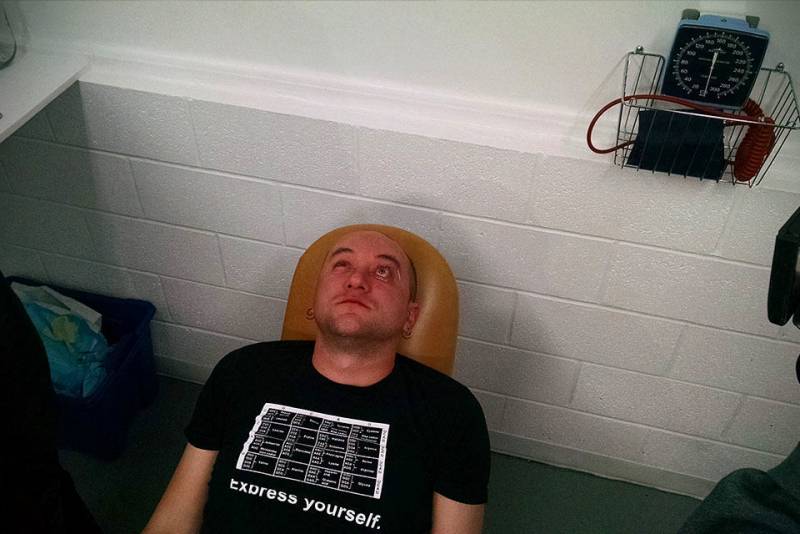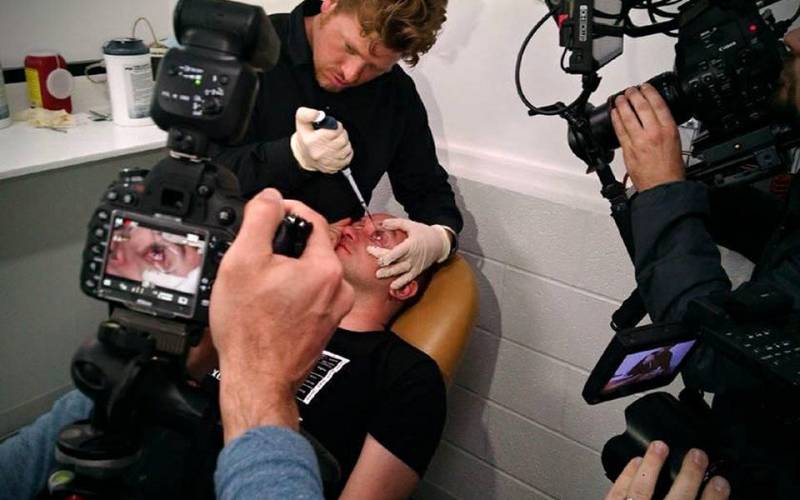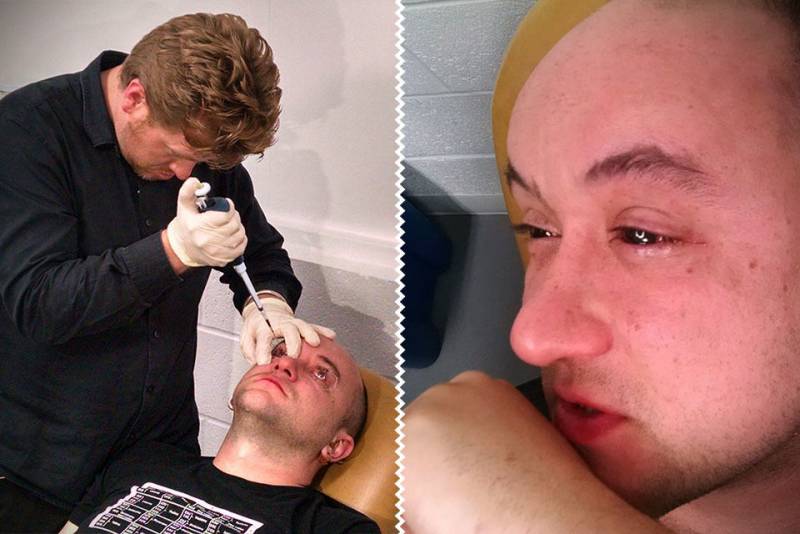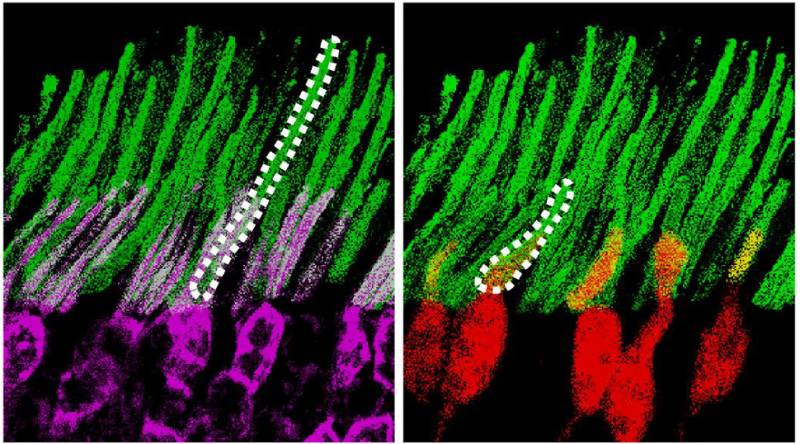What the doctor ordered. Drops of night vision
Daytime animal
It so happened that evolution endowed man with good binocular vision, but deprived of his ability to nightlife. We are not nocturnal predators, at night we reflexively want to sleep, therefore we also do not need big eyes, like those of owls and cats. But man eventually learned how to hunt at night, and often on his own kind. However, evolution is a very leisurely process, and we completely violated all the rules of natural selection ... In general, we had to deal with this problem with the help of the brain. So there were all sorts of active and passive night vision devices, as well as thermal imagers. All of them cope well with their duties, but they are worth a lot and not all countries of even the developed world are capable of developing such a technical miracle on their own.

Therefore, a simple and inexpensive tool that can transform human vision into "cat" will always be in trend. The first thing that comes to mind is to artificially expand the pupil to such an extent that the main photosensitive receptors of the wand receive more meager night illumination. And even there is a remedy for this - atropine. But the pupil under the atropine does not want to contract back, which is fraught with damage to the fundus from bright light. As another variant of medical improvement in night vision, the substance "chlorin e6" can be conditionally considered. Why conditionally? Because pouring into your eyes any untested "chemistry" is fraught with difficult consequences - every sane person knows this. But in the USA, a team of biohackers (as they call themselves) Science for the Masses Science for the Masses dared to conduct such an experiment on a volunteer in 2015. By the way, they proudly call themselves another title - independent scientists. As part of the experiment, the guys poured into each volunteer eye in three doses of 50 μl of e6 chlorin solution, which is used to treat cancer and night vision disorders. Actually, there is no fundamental know-how here - the medicine was used before for such therapeutic purposes. But independent scientists nevertheless made some improvements.
To protect against bright light, the subject received dark lenses, and also closed his eyes with light-protective glasses. The first experiments showed unique night vision abilities for the human eye. In complete darkness (for humans, of course), the test subject could distinguish a figure at a distance of 10 meters, and the “moonless night” mode in the forest could see people at a distance of 100 meters. The effect lasted several hours, after which there were no side effects, which, perhaps, is the main achievement of independent researchers. Talking about the long-awaited acquisition of night vision from chlorine drops is not yet necessary. Firstly, it is not known how the eyes of other subjects will react - the experiment was conducted on only one person. Secondly, the long-term effects of regular or occasional use of the drug are also unknown. And finally, the third. Even if chlorine proves to be an effective tool for practical use, how will the eye react to a sudden flash? For example, from a small weapons? Will the pupil have time to contract to such a size as to preserve the fundus "warmed up" by chlorine? In general, there are much more questions to such scientific discoveries than answers to them.
Fine tuning
Researchers from the Medical School of the University of Massachusetts and the Chinese University of Science and Technology approached the issue of medical exacerbation of night vision much more professionally. At the beginning of 2019, nanoparticles capable of converting the infrared spectrum to blue were developed. Actually, this is the key idea of the project - to reconfigure the sensitivity of our vision to another, previously invisible infrared range. And here all sorts of worries about the “exposure” from bright light in the dark will disappear - the reflex system will cope with it in the usual “civilian” mode. It is noteworthy that nanoengines faced the difficult task of increasing energy conversion. You can’t build a working nanoparticle in every laboratory, but here you also need to teach it to convert several energetically weak IR photons into one more powerful “blue” photon. Before us is a typical electron-optical converter from classic night-vision devices. And by the way, for further testing, the nanoparticles were slightly reconfigured, and they learned to convert the IR study into green light. It is to green that the eyes of mammals have the greatest sensitivity.
Unlike independent biohacker scientists, naturalists from Massachusetts did not immediately test the novelty in humans, but previously in mice. Experimental animals after injecting solutions with nanoparticles for several weeks received the ability to see the world in the near infrared region, while not losing the ability to normal vision. Initially, researchers instrumental using electroencephalograms proved that infrared rays cause the reaction of receptors of the fundus of mice. And complex behavioral tests revealed the ability of mice to respond to previously invisible light and even to distinguish between the figures projected with its help. So far, among the side effects, only a temporary clouding of the lens has been recorded, but researchers consider this to be insignificant.
If you push to the background the euphoria of a group of researchers from Massachusetts about success with nanoparticles, it turns out that overseas means have been developed that can significantly change the nature of hostilities. On the one hand, a person will receive long-playing means to replace bulky NVD. And on the other, there will be another channel of irritating effects on the human eye. Considering that a considerable part of the retina receptors will be tuned to infrared vision, the sharpness or “resolution” of the usual should inevitably decrease. Military experts will not fail to take advantage of all these factors. As they say, each action will necessarily have its own opposition. Therefore, it is better to leave the introduction of such technologies at the mercy of medical specialists.




Information